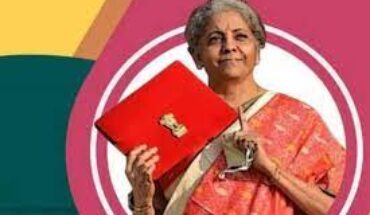India’s Finance Ministry is sanguine about India’s economic recovery and has asserted that major macro-economic risks have subsided over the past six weeks. The Government’s cautious optimism is tinged with impending concerns of a speedier tightening of monetary policies by the U.S. Federal Reserve and the resultant dip in asset markets, which can mar sentiment and consumption, on top of persistent geopolitical strife. But for now, interest rate hikes and measures to curtail the outflow of dollars announced by the central bank, with several steps from the government such as the imposition of windfall taxes and higher import duties on forex-drainers like gold, have been credited for lifting some of the dark clouds over the economy. Despite excise duty cuts on petrol and diesel, the Ministry believes India’s fiscal math for the year will not unravel thanks to the recent tax levies, and healthy Goods and Services Tax collections (that could get healthier as some GST rate hikes kick in from Monday). Industrial metal prices slipping to 16-month lows, prices for some food items falling off their peaks and crude oil prices descending in the face of fears of a recession in many developed nations, have helped. However, if these fears do not translate into ‘a sustained and meaningful’ drop in food and energy prices, India’s current account deficit will deteriorate in 2022-23 on account of costlier imports and tepid exports on the merchandise account, the Ministry has cautioned. India’s high import dependence for fuel means oil price trajectories affect most macro parameters, including inflation, growth, current account balances, fiscal management and the rupee. And economic policymakers are rightfully concerned about the current account deficit (CAD) widening sharply from the 1.2% of GDP last year. There is a vicious circle at work here that may take a while to break.





